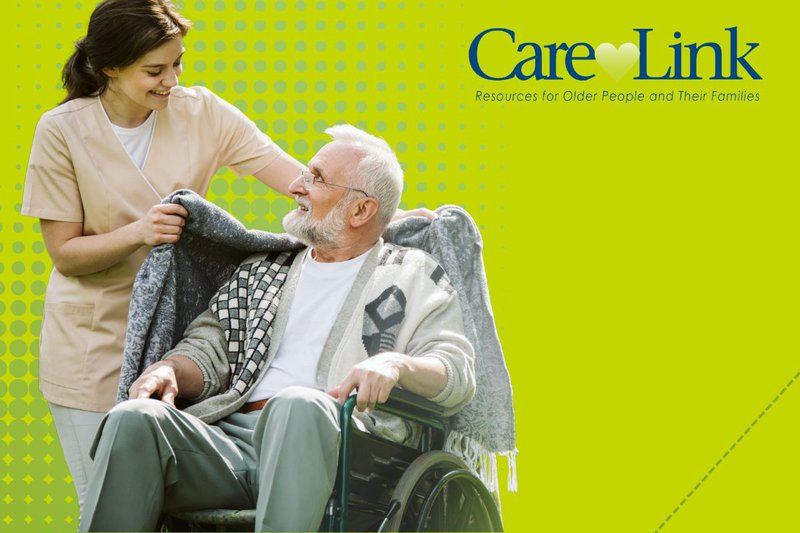Caring for an aging loved one is rewarding but exhausting. You need a break, but guilt and worry hold you back. That’s where respite care for family caregivers helps. It gives you time to rest while ensuring your loved one receives quality care. Without regular breaks, stress builds, and burnout follows. We’ll cover respite care options, costs, and how to find reliable services. Caregiving should be sustainable—without sacrificing your well-being.
Key Takeaways:
- Respite care provides short-term relief for family caregivers, ranging from a few hours to several weeks.
- Three main types: In-home care (caregivers assist at home), adult day programs (supervised care in group settings), and temporary residential stays (short-term care in assisted living or nursing facilities).
- Benefits: Reduces caregiver stress, prevents burnout, and improves overall well-being. Many caregivers feel guilty, but taking breaks is necessary.
- Finding services: Use the Respite Locator, Eldercare Locator, or local aging agencies.
- Costs & financial aid: While costs vary depending on the type and frequency of care, options like in-home services, adult day programs, and short-term respite stays can be more affordable than residential care. Financial help may be available through Medicaid, Medicare (for hospice), or other nonprofit family caregiver assistance programs.
- Specialized care: Options exist for seniors, dementia patients, and children with disabilities. Emergency and overnight respite programs provide flexibility.
- Planning: Identify needed break times, create a detailed care guide, and establish a backup plan.

Respite Care for Family Caregivers
Respite care gives family caregivers a break while ensuring loved ones receive care. It offers short-term relief, from a few hours to weeks, allowing caregivers to rest and recharge. Many caregivers experience burnout, stress, and exhaustion. Taking breaks can help them stay healthy while continuing to provide quality care.
There are three main types of respite care: in-home care, adult day programs, and temporary residential stays.
- In-home respite care brings professional caregivers to the home. They assist with daily tasks like bathing, dressing, meals, or companionship. Some services include skilled nursing for medical needs. Volunteers, private agencies, or government programs may offer options.
- Adult day programs provide supervised care in a group setting. These centers offer meals, social activities, medical supervision, and therapy services. They allow caregivers to work, run errands, or rest during daytime hours.
- Temporary residential care includes short-term stays in assisted living, nursing homes, or hospice centers. This option provides care for a few days or weeks when caregivers need extended time off.
Respite care reduces caregiver workload and stress. Many caregivers feel guilty asking for help, but taking breaks is necessary. Overloaded caregivers risk exhaustion, anxiety, and health problems. Respite care prevents burnout, ensuring caregivers can continue providing the best support.
Finding Respite Care Services
Finding respite care can feel overwhelming, but many resources exist to help. The ARCH National Respite Network provides a Respite Locator, a searchable directory of services across the United States. Local Area Agencies on Aging also connect caregivers with respite programs through the Eldercare Locator.
Once you identify options, evaluate each provider carefully. Research their qualifications, experience, and client reviews. Visit facilities when possible, ask about staff training, and confirm costs and availability. Choosing the right provider ensures a safe and comfortable experience for your loved one.
Many community-based and nonprofit respite programs offer in-home services, adult day programs, or short-term stays at assisted living facilities. Some programs provide free or low-cost respite through volunteer networks, while others may be fee-based. Exploring different options helps match services to your family’s needs.
Building a support system is important for long-term caregiving. In addition to professional services, consider involving family, friends, or local support groups. Caregiving is a long-term commitment, and finding reliable respite care provides the breaks needed to stay strong. Learn more about creating a support system for caregivers to relieve stress and prevent burnout.
Costs and Financial Assistance
Respite care costs depend on the type of service and duration.
- In-home care averages around $180 for an 8-hour day, equating to about $22.50 per hour.
- Adult day programs cost about $80 for a full day.
- Assisted living respite stays can be approximately $160 per day.
If skilled nursing care is needed, costs may be higher. Always confirm pricing details with providers to understand hourly and daily rates.
Financial assistance is available through several programs. Medicaid may cover respite care for those who qualify, but eligibility rules vary by state. Some Medicare programs also provide limited respite support, usually for hospice patients. The National Family Caregiver Support Program (NFCSP), run through local aging agencies, offers funding for family respite.
Nonprofit and religious groups sometimes provide free or low-cost respite care. Local charities and volunteer organizations may offer short-term relief at no charge. Some states also have grants or sliding-scale fees based on income.
For help finding financial aid, visit the Eldercare Locator to check your area's available programs.
Special Needs and Elderly Individuals
Respite care comes in many forms, each designed to fit different needs. For elderly loved ones, especially those with dementia, specialized care is key. Many facilities offer temporary care for elderly parents that includes medical supervision, social activities, and personal assistance. Respite care for dementia patients often includes memory-focused programs and trained staff to handle unique challenges.
Emergency and overnight respite care programs give caregivers flexibility in urgent situations. Some facilities provide last-minute openings, ensuring a safe place for loved ones when unexpected responsibilities arise. National Adult Day Services Association can help caregivers find reliable day programs that offer structured activities and professional supervision.
Choosing the right respite care for seniors requires research and planning. Checking references, visiting facilities, and discussing personal care needs with providers will help ensure a good match. Taking breaks supports both the caregiver and the individual receiving care.
Planning and Scheduling Respite Care for Caregivers Effectively
Respite care is most beneficial when planned well. Start by reviewing your caregiving routine. Identify times when a break would help the most. It could be a few hours each day or a longer break once a month. Keeping track of daily tasks makes it easier to pinpoint when help is needed.
Create a schedule that works for both you and your loved one. You may need an adaptable respite scheduling approach, as unexpected changes can arise. Have backup plans in case your primary respite provider becomes unavailable.
For short-term respite care, prepare a simple guide with important details. Write down medications, daily routines, favorite activities, and emergency contacts. This helps the respite provider offer consistent care while you’re away. For longer stays, a trial period can ease the adjustment. Start with brief visits before planning an extended stay.
To make the most of your break, use effective respite scheduling techniques. Plan activities you enjoy, whether exercising, socializing, or simply resting. After respite care, check in with your loved one to see if any adjustments are needed.
Respite Care for Family Caregivers
Caring for a loved one can be one of the most rewarding experiences, bringing joy and fulfillment. However, it also comes with unique challenges that can lead to stress and exhaustion. This is where respite care becomes invaluable for family caregivers. It offers you the essential opportunity to rest and recharge, ensuring that both you and your loved one maintain a high quality of life.
The Importance of Respite Care
Respite care provides temporary relief for caregivers, granting them a much-needed break while ensuring their loved ones continue to receive quality care. This service is crucial in preventing caregiver burnout, reducing stress levels, and maintaining the physical and mental well-being of caregivers. It's not just about taking a break—it's about sustainability in caregiving.
Versatility in Care Options
Respite care is flexible, offering a variety of care options tailored to meet different needs:
- In-home care: Professional caregivers visit your home, assisting with daily activities and medical needs.
- Adult day programs: These offer supervised care, meals, and social activities in a group setting.
- Temporary residential care: Available in assisted living or nursing homes, providing short-term stays for extended relief.
Overcoming Guilt
Many caregivers feel guilty for needing time away, but it's important to remember that respite care is a form of self-care. Taking breaks actually enhances your ability to provide consistent, high-quality care in the long run.
CareLink Can Help
CareLink provides robust support services aimed at balancing caregiving responsibilities. Our programs are designed to connect you with tailored resources, ensuring that your loved one receives compassionate and professional care.
- Connecting with resources: We help family caregivers find suitable respite care options and provide guidance on accessing financial aid and community support.
- Tailored support programs: Navigate caregiving challenges with our compassionate and practical solutions. We focus on your well-being and your loved one's happiness and safety.
For more information on how CareLink can support you in your caregiving journey, start by contacting us here. Together, we can ensure that your caregiving experience is not only rewarding but also sustainable.





